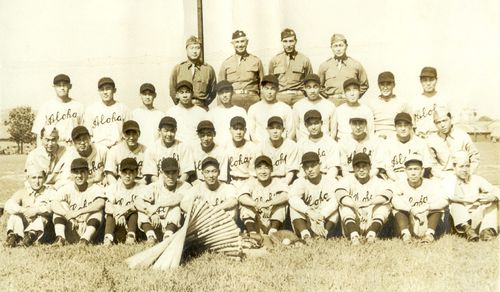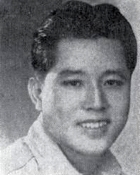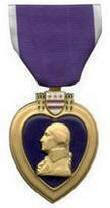Shigeo Igarashi
| Date and Place of Birth: | April 6, 1912 Waialua, Hawaiian Islands |
| Date and Place of Death: | December 3, 1943 Castelnuova, Italy |
| Baseball Experience: | Amateur |
| Position: | Unknown |
| Rank: | Private First Class |
| Military Unit: | Company B, 100th Battalion, US Army |
| Area Served: | Mediterranean Theater of Operations |
Shigeo Igarashi was an American National Guard soldier before the war started, but because of his Japanese heritage he was stripped of his weapon and military duties. But Igarashi was prove how much he loved his country by sacrificing his life on the battlefields of Europe.
Shigeo Igarashi was born on April 6, 1912 at Waialua in the Hawaiian
Islands. He was educated at Waipahu Elementary School, Oahu where he
excelled at baseball. He worked as a skilled laborer at Oahu Sugar
Company and was a member of the Hawaiian National Guard.
On December 12, 1940, the Hawaiian National Guard was called into
federal service and Igarashi initially served with the 298th Infantry
Regiment at Schofield Barracks. Like many people in Hawaii, he was Nisei
- second-generation Japanese, and on December 7, 1941, when the Japanese
attacked the US fleet at Pearl Harbor, everything changed. Americans of
Japanese ancestry in Hawaii were treated with suspicion and those in
military service found their duties suddenly reduced to menial tasks.
Eventually, the 100th Battalion was formed, a fighting unit made up
entirely of second-generation Japanese. Igarashi took basic training
with the 100th at Camp McCoy, Wisconsin, and quickly became a part of
the 100th "Aloha" baseball team. The Aloha team initially played against
the military police unit at Camp McCoy but soon found competition in
nearby towns. In February 1943, the 100th Battalion moved to Camp
Shelby, Mississippi for advanced unit training where the Aloha team
continued to play.
The 100th Battalion left Camp Shelby for North Africa on August 11,
1943. They landed at Oran, Algeria on September 2, where they guarded
supply trains for a couple of weeks. It was in North Africa that the
Aloha baseball team played their last game. Challenged by the 133rd
Infantry Regiment, the 100th called upon Lieutenant Paul E. Froning, who
had just joined them. Froning would pitch in the minors after the war
and helped defeat the 133rd, 26 to 0.
On September 19, 1943, the 100th Battalion left the relative safety of
North Africa for Italy. They landed at Salerno and went into combat
against the Germans on September 29.
Private First Class Igarashi died of wounds received in combat on
December 3, 1943 near Castelnuovo in Italy. He is buried at the National
Memorial Cemetery of the Pacific in Hawaii.

100th Battalion baseball team
Thanks to Kerry Yo Nakagawa of the Nisei Baseball Research Project and Hawaii State Library for help with this biography. Photo of 100th Battalion team courtesy of Sons and Daughters of the 100th Infantry Battalion Archives.
Date Added: February 6, 2013
Baseball's Greatest Sacrifice is associated with Baseball Almanac
Baseball's Greatest Sacrifice is proud to be sponsored by


